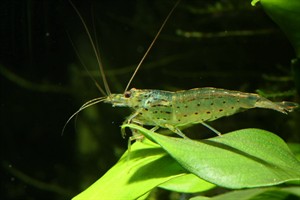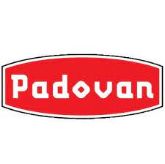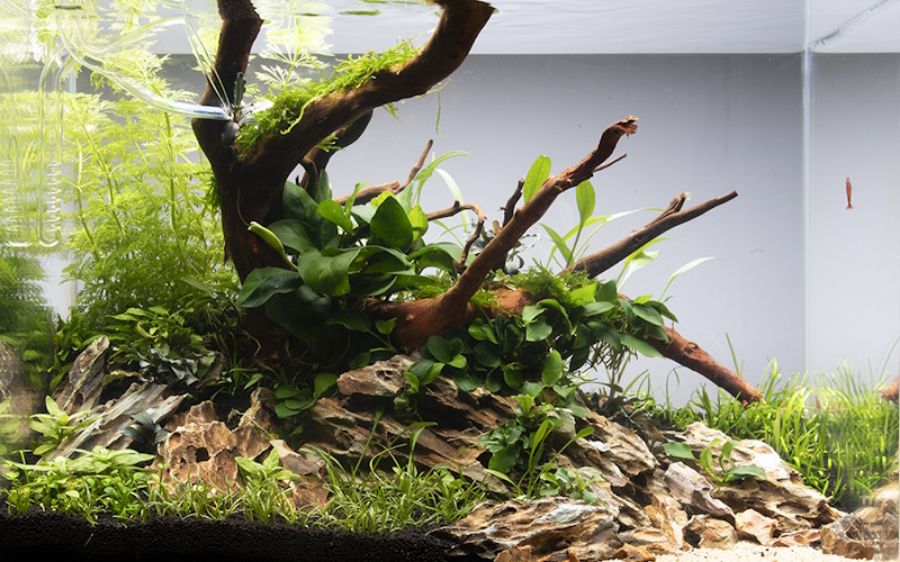
Good planning is the key to success with your aquarium. Because things are connected.
The size of your aquarium. How much time you want to spend on maintenance. The technique your choices require.
There are many things to consider and Tropica help you get a good start.
The right aquarium
Your aquarium or the aquarium, that you intend to buy, is crucial for the type of plants and fish you can choose from.
Light - The better the light, the more plants you can choose between. You need to find out how many lumen your lamp has, compared to litres of water.
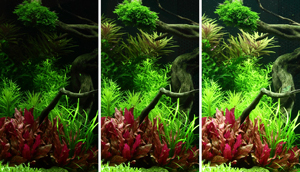
Fertiliser and CO2 - All plants need nourishment! You can offer nourishment from the bottom to the roots (substrate), through the water with fluent fertiliser; however, the most important fertiliser for aquarium plants is added CO2. The fertiliser is added to ensure optimal plant growth, and minimal algae.
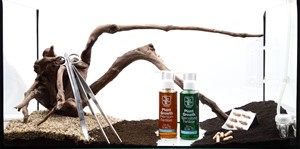
Water movement - All aquariums benefit from water movement and filtering, since it eliminates bacteria and particles, which may be harmful to plants and fish.

The right plants
With Tropica’s patented symbols - Easy, Medium and Advanced, you are sure to choose the right plants for your specific aquarium! Find the symbols on the labels inside the pot.
We have developed this concept, since far too many people select plants that don’t thrive in the aquarium after planting. Mostly because people buy plants of the categories Medium or Advanced without knowing that the light, fertiliser or CO2 conditions of the aquarium make the plants unable to grow!
The plant will practically start decomposing! A decomposing plant adds large amounts of nourishment to the water. Nourishment, which is normally not absorbed by other living plants, creates a massive algae growth, resulting in severe aquarium problems. In many cases, you will just give up and lose interest in the hobby!
Tropica supports you in succeeding with your aquarium. Please follow the guidelines for selecting plants here.
Buy plants directly from Pet Show Store at Aquarium Live Plants - Buy Aquatic Plants - Aquatics Plant Store | Pet Show Store
The right fish
- Maximum 1cm fish per litre water. A full-grown neon tetra is for instance approx. 4cm long, so a 100 L aquarium should not exceed 25 fish.
- Use algae-eating fish, shrimps and snails.
- Selecting fish is a matter of taste, and options are numerous. Please ask your dealer about the behaviour and needs of the fish, and when they should be put in the aquarium after planting.
Livebearing fish such as the guppy and platy are mostly peaceful and brightly coloured. The female give birth to their young, which use dense plants – especially close to the surface – as a hiding place because the young get eaten. Some males fight over the females and the ones that lose also hide in the vegetation. Most livebearing fish eat algae and can potentially damage soft plants and moss.
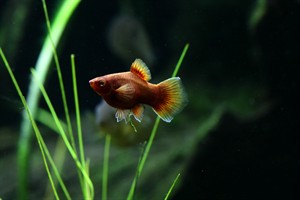
Shoaling fish such as tetras, rasboras and barbs, seek refuge in large groups known as shoals. Dense plants will give safety to the relatively few individuals (however, no less than 8-10 fish) you have room for. Plants with delicate leaves are often used for laying eggs and therefore offer exciting breeding potential.
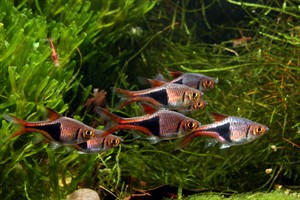
Community fish are fish that can share the aquarium with many other kinds of fish. Community fish comprise primarily of livebearers and shoaling fish, but if you rearrange the aquarium afterwards, it will be able to accommodate even more kinds of fish. Cichlids thrive if there are holes and hiding places, and gouramis and angelfish seek security amongst plants.
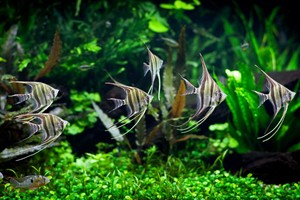
Territorial fish want to have their own space – either all the time or only when they are young. Cichlids and belong to this group. You can observe very exciting behaviour patterns when several pairs are put together in a planted aquarium so that the fish can establish their territory.
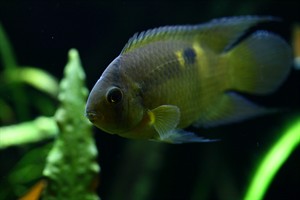
One out of many examples of fish that need higher temperatures are Discus. People often refrain from plants in Discus aquariums in order to facilitate the cleaning of the aquarium and the changing of water. If you want plants for our Discus, however, choose plants that grow naturally in places with high temperature. Cryptocoryne, Microsorum and Echinodorus are recommended.
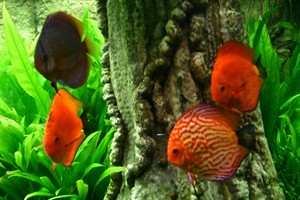
Digging and herbivorous fish including goldfish and some cichlids, and most algae-eating fish, eat moss as well. With plant-eating fish you can choose thick, tough leaves (such as Anubias) or plants with strong flavour such as Bacopa. Digging fish tend to get frightened by strong roots which must be mature before the fish are introduced! You can also cover the roots with stones or wood, which should keep the fish away.
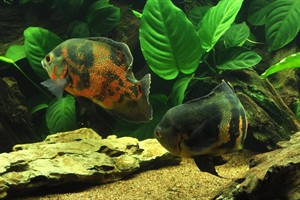
Algae-eaters, shrimps and snails are very popular, especially in the smaller nano aquariums. Shrimps in particular love moss. Many shrimp types are delicate, which is why Tropica has developed a plant series called 1-2-Grow! The plants are cultivated in a lab and are free from algae and pesticides. Shrimps are very good at keeping delicate-leaved plants such as Hemianthus, Marselia and Glossostigma free from algae whereas snails are perfect for large leaves, windows, stones and roots.
